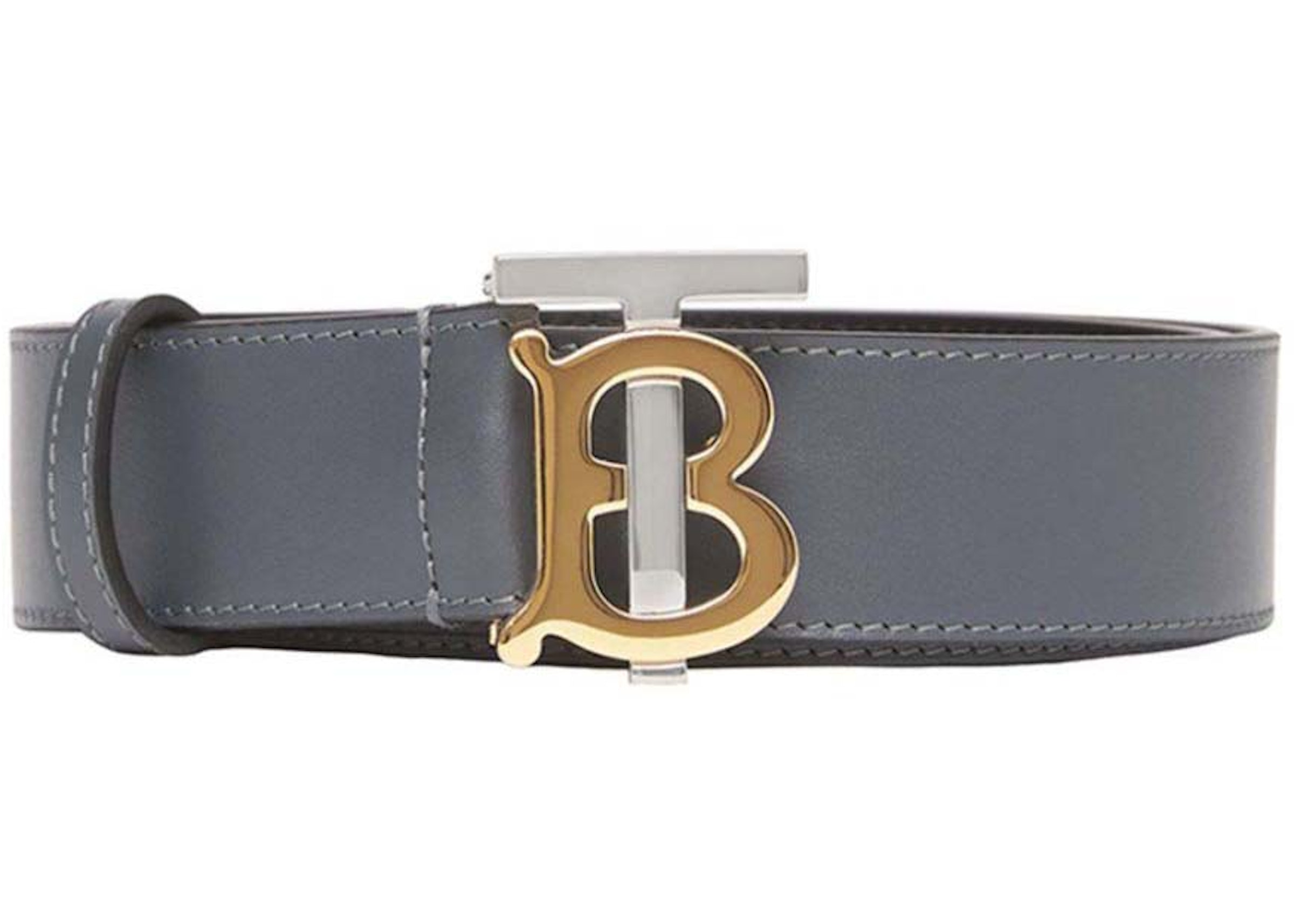Burberry is a luxury fashion brand known for its high-quality materials, expert craftsmanship, and iconic designs. One of the brand’s most popular products is the Burberry belt, a stylish and functional accessory that has become a staple in many wardrobes. The production process of a Burberry belt involves several stages, from material selection to packaging. Each stage is carefully monitored to ensure that the final product meets Burberry’s high standards for quality, sustainability, and ethical practices. In this article, we will take a closer look at the production process of a Burberry belt, exploring each stage in detail and highlighting the brand’s commitment to quality and environmental responsibility.

Material Selection
The production process of a Burberry belt begins with material selection. Burberry sources high-quality materials, including leather, cotton, and other sustainable materials, from reputable suppliers. The brand places a strong emphasis on ethical and sustainable sourcing practices, ensuring that all materials are responsibly produced.
Burberry’s commitment to sustainability is reflected in their use of eco-friendly materials, such as recycled leather and organic cotton. The brand also uses innovative materials, such as Piñatex, a leather alternative made from pineapple leaf fibers, to reduce waste and minimize their environmental impact.
The material selection process is crucial in ensuring that Burberry belts meet the brand’s high standards for quality and sustainability.
Design and Prototyping
Once the materials have been selected, the design and prototyping process begins. Burberry’s design team creates several designs, taking into account the latest fashion trends and the brand’s signature style. The team then selects the best design and creates a prototype.
During the prototyping stage, the design team tests the belt for durability, comfort, and fit. The team makes any necessary adjustments to the design to ensure that the belt meets Burberry’s high standards for quality and functionality.
The design and prototyping stage is critical in ensuring that the final product meets the brand’s high standards for quality and design.
Manufacturing and Assembly
After the design and prototyping stages are complete, the manufacturing and assembly process begins. Burberry’s belts are produced in facilities that meet the brand’s strict ethical and sustainability standards.
The manufacturing process involves several stages, including cutting, stitching, and attaching hardware, such as buckles and rivets. Each stage is carefully monitored to ensure that the final product meets Burberry’s high standards for quality and craftsmanship.
The assembly process involves bringing together the various components of the belt, such as the leather strap, buckle, and other hardware. The assembly process requires skilled craftsmen who are trained in Burberry’s techniques and methods.
Quality Control and Packaging
Once the manufacturing and assembly process is complete, the belts undergo rigorous quality control checks to ensure that they meet Burberry’s high standards for quality and functionality. Each belt is inspected for defects, such as stitching errors or discrepancies in the pattern.
Once the quality control checks are complete, the belts are packaged and prepared for shipment. Burberry’s packaging is designed to reflect the brand’s commitment to quality and sustainability. The brand uses eco-friendly materials, such as recycled paper and biodegradable plastics, to minimize their environmental impact.
The packaging also includes information on the materials used in the belt’s production, reflecting the brand’s commitment to transparency and ethical sourcing practices.
In conclusion, the production process of a Burberry belt reflects the brand’s commitment to quality, sustainability, and ethical practices. From material selection to design and prototyping, manufacturing and assembly, and quality control and packaging, each stage is carefully monitored to ensure that the final product meets Burberry’s high standards for craftsmanship and functionality. The brand’s commitment to sustainability is reflected in their use of eco-friendly and innovative materials, as well as their packaging materials and practices.